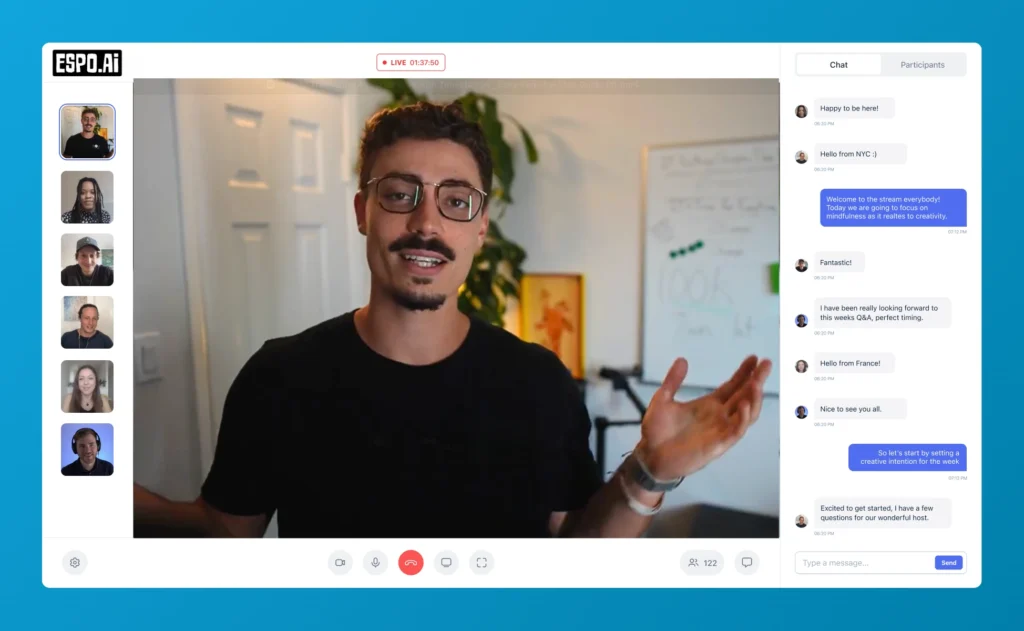In today's AI-driven world, the ability to craft effective prompts is quickly becoming an essential skill. As more people integrate AI tools into their workflows, certain patterns of ineffective prompting continue to emerge. Having helped numerous individuals start their AI journey, I've identified five common AI prompting mistakes that consistently hinder results—and more importantly, how to fix them.
By understanding these pitfalls and implementing the solutions outlined below, you'll dramatically improve your AI interactions and unlock the true potential of these powerful tools.
Perhaps the most fundamental AI prompting mistake is being too vague. Consider the difference between asking a friend "get me some food" versus specifying exactly what meal you're craving. The first approach could result in anything from a gourmet dinner to a bag of chips.
The same principle applies when communicating with AI. Vague prompts yield generic, often unhelpful responses.
Example of a vague prompt:
Tell me about electric cars
Improved specific prompt:
Provide an overview of major technological advancements in electric cars over the past decade. Focus on battery efficiency and autonomous driving features.
The specific prompt provides clear parameters, guiding the AI toward generating focused, relevant information that better serves your needs.
TIP: Before submitting your prompt, ask yourself: "If a human received this request, would they have enough information to deliver what I'm looking for?"
Another common AI prompting mistake involves overwhelming the system with excessive or irrelevant information. While context is valuable, too much extraneous detail can send your AI companion down unproductive paths.
Example of an overloaded prompt:
I've been a teacher for 20 years and I love dogs. Can you help me create a lesson plan about photosynthesis for my seventh grade science class? Also, my favorite color is blue and I drink coffee every morning.
Streamlined relevant prompt:
Create a lesson plan about photosynthesis for a seventh grade science class. Include key concepts, a hands-on activity, and a short assessment.
By eliminating unnecessary personal details and focusing solely on the relevant information, you enable the AI to concentrate on delivering precisely what you need.
TIP: Before including a piece of information in your prompt, consider whether it's actually necessary for the AI to generate a useful response.
A critical AI prompting mistake stems from misunderstanding what these systems can and cannot do. Despite their impressive capabilities, current AI models have significant limitations:
Ignoring these limitations leads to frustration and wasted effort.
Example of a prompt ignoring limitations:
What's the current stock price of Apple? Buy 100 shares if it is under $150.
Improved prompt acknowledging limitations:
Explain how to check the current stock price of Apple and the process of placing a buy order for 100 shares through a brokerage account.
The improved prompt recognizes that while the AI cannot perform real-time actions, it can still provide valuable guidance on accomplishing your goal.
TIP: Use AI as a guide for processes you don't understand, asking for step-by-step instructions rather than requesting direct action.
Perhaps the most underutilized strategy in effective AI prompting is iteration. The first exchange is rarely perfect—the magic happens when you refine your approach based on initial responses.
Initial prompt:
Write a tagline for a new smartphone.
Generic response: "Unleash the power of innovation."
Refined prompt:
Create a catchy tagline for a new smartphone targeting eco-conscious Millennials. The phone's key features are its recycled materials and energy-efficient design.
Improved response: "Green Tech, Clean Future: The smartphone that cares for you and your planet."
Prompt refinement transforms mediocre outputs into exceptional ones. Each interaction teaches you more about crafting effective AI prompts and helps the AI better understand your specific needs.
TIP: Think of AI interaction as a conversation rather than a one-time query. Be prepared to provide feedback and refine your requests.
The final common AI prompting mistake involves neglecting ethical considerations. As AI systems become more powerful, our responsibility to use them ethically increases proportionally.
Problematic prompt:
Write an article about why vaccines are dangerous.
Ethically responsible prompt:
Provide an objective overview of vaccine safety. Include scientific consensus, potential side effects, and the importance of herd immunity.
The improved prompt seeks balanced, factual information rather than reinforcing potentially harmful misinformation. Responsible AI prompting means considering the broader implications of your requests and avoiding prompts that could generate harmful, misleading, or discriminatory content.
TIP: Before submitting potentially sensitive prompts, consider whether you're seeking balanced information or attempting to validate preexisting biases.
Mastering effective AI prompting techniques requires practice and persistence. Keep these five principles in mind:
By implementing these strategies, you'll dramatically improve your AI interactions and extract more value from these powerful tools.
For more advanced prompting techniques and to take your AI skills to the next level, visit Espo.ai for comprehensive resources, tutorials, and customized solutions that will help you leverage AI more effectively in your personal and professional life.




